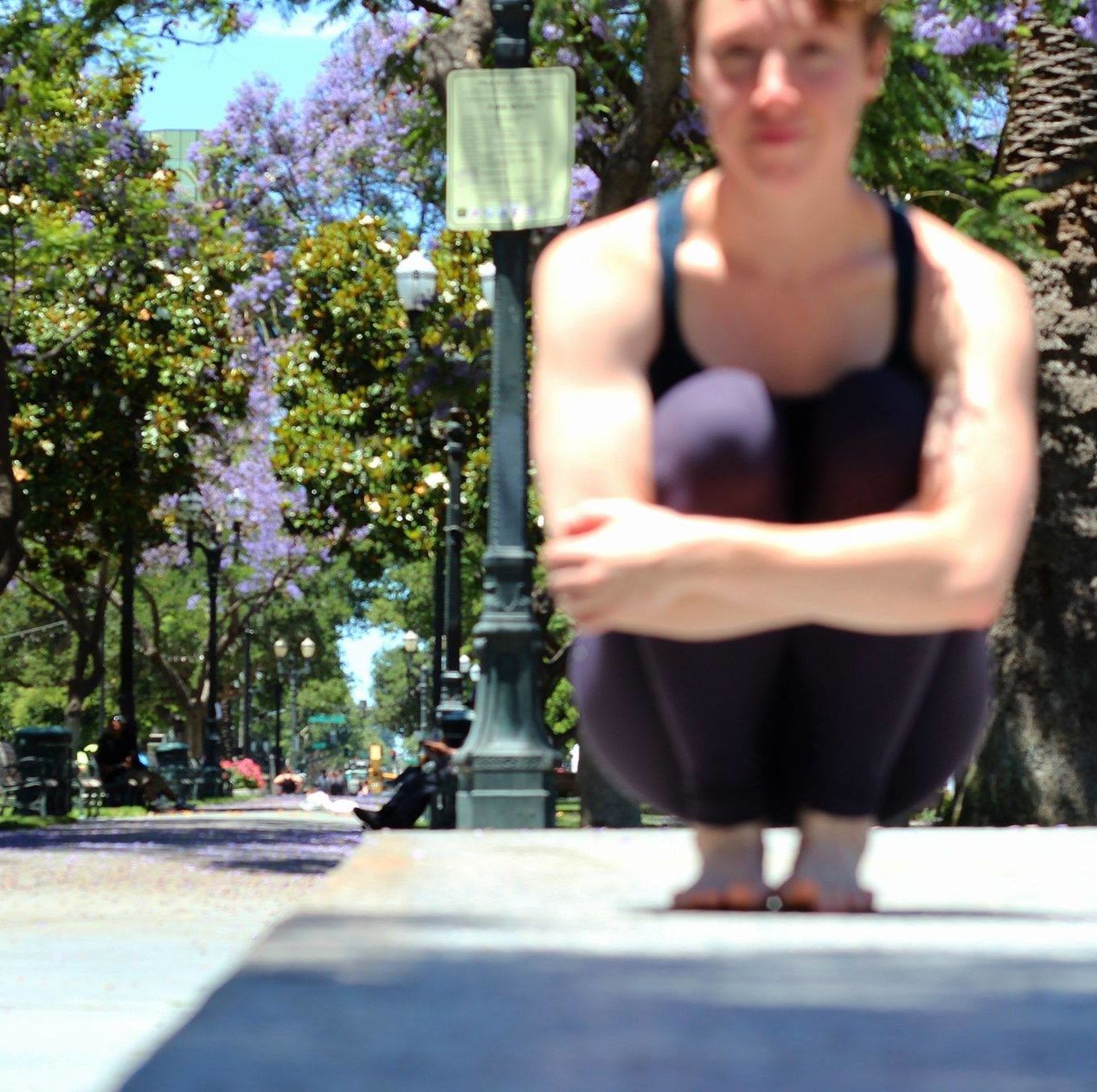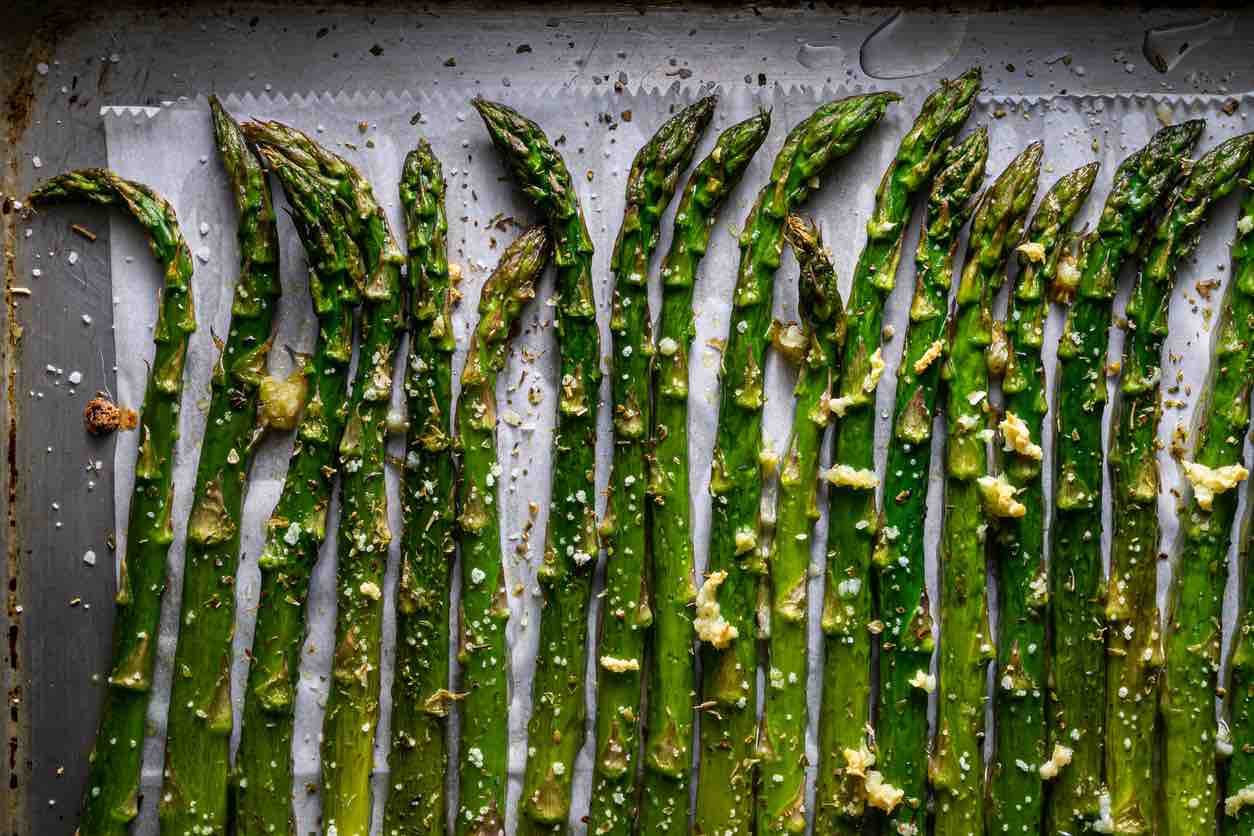“asato mā sadgamaya,
tamaso mā jyotirgamaya,
mṛtyormā’mṛtaṃ gamaya.
Lead me from the unreal to the real,
Lead me from darkness to light,
Lead me from death to immortality.”
–Bṛhadāraṇyaka Upaniṣada
This śloka is at the heart of my reflections during Diwālī. Known as the festival of lights, Diwālī derives from the Sanskrit term Dīpāvalī. Dīpā translates to “light” or “lamp,” referring to the clay lamps or dīyās filled with oil. When lit, these small lamps cast a soft, gentle glow. Āvalī means “row” or “series,” so Dīpāvalī signifies a “row of lights.” This tradition is deeply rooted in a poignant story from the Rāmāyaṇa, an ancient Indian epic.
In the Rāmāyaṇa, “Rāma” represents Lord Rāma, the epic’s hero, and “āyaṇa” means journey. The Rāmāyaṇa is thus the journey of Lord Rāma. King Daśaratha of Ayodhyā had long been without children. To fulfill his desire for heirs, he performed a special religious ceremony known as the Putrakāmeṣṭi Yajña. As a result, his queens Kauśalyā, Sumitrā, and Kaikeyī were blessed with sons: Lord Rāma, Lakṣmaṇa, Śatrughna, and Bharata. The kingdom rejoiced in the fulfillment of its wishes.
However, this happiness was disrupted by Mantharā, Kaikeyī’s maidservant, who feared for Bharata’s future when Lord Rāma became king. Her fears and manipulations sowed doubt and fear in Kaikeyī’s mind, leading her to demand that Daśaratha grant her the two boons, or favors, he had promised her when she saved his life. Bound by his promise, Daśaratha was heartbroken when Kaikeyī requested that Bharata be made king and that Lord Rāma be exiled for fourteen years. Despite the king’s anguish, Lord Rāma accepted his exile with grace which deepened Daśaratha’s sorrow.
During Rāma’s exile, his loyal brother Bharata, unaware of the situation until he returned, was devastated by the news and refused the throne. He sought Rāma in the forest and begged him to return. Rāma, however, could not break his promise to his father. Bharata then placed Rāma’s slippers on the throne, ruling in Rāma’s stead and never sitting on it himself. Daśaratha soon passed away, and Rāma’s exile continued.
Throughout these fourteen years, Lord Rāma vanquished many demons, including the abductor of his wife Sītā, Rāvaṇa. His return was eagerly awaited by the people of Ayodhyā, who lit dīyās to illuminate the path from the forest to the kingdom. This illumination of the path became the symbolic “row of lights” or Dīpāvalī.
This story, among many Dīpāvalī legends, resonates deeply with me. It embodies sibling love, the strength of relationships, and the triumph of good over evil. Light, across cultures, symbolizes the enlightenment of knowledge and wisdom, marking a transition from darkness to light. It represents the arrival of prosperity and joy.
In Sikhism, Dīpāvalī is observed as Bandi Choḍ Divas, celebrating Guru Hargobinda Jī’s release from imprisonment by Mughal Emperor Jahāngīr. In Jainism, it commemorates the anniversary of Lord Mahāvīra’s Nirvāṇa, or spiritual liberation.
Dīpāvalī includes various rituals, such as cleaning homes to make way for prosperity, honoring Dhanvantari (the God of Ayurveda) on Dhanateras by buying metals, creating rāṅgolīs (geometric patterns), and exchanging sweets. The festival spans five days, beginning with Dhanateras and ending with Bhai Dūja, which celebrates sibling bonds. On the day of Bhai Dūja, my family also celebrates Chitragupta Pūjā, honoring knowledge and learning
Ultimately, transformation begins within. Śauca involves not only external cleanliness but also inner purity. Aparigraha is about letting go of mental clutter as well as physical. Brahmacarya refers to balanced living and moderation. Dīpāvalī celebrates the inner goddess (Goddess Lakṣmī of abundance and prosperity). It can be as simple as lighting a candle and meditating. Just as āsanas (yogic postures) aim for internal transformation, the rituals of Dīpāvalī are a means to connect with the universe. When your inner light merges with the universe’s light, you experience the true essence of Dīpāvalī.














